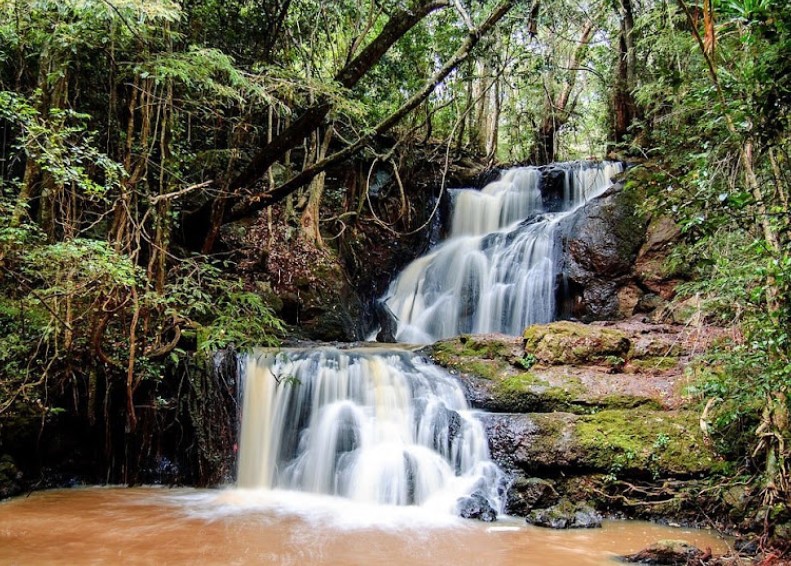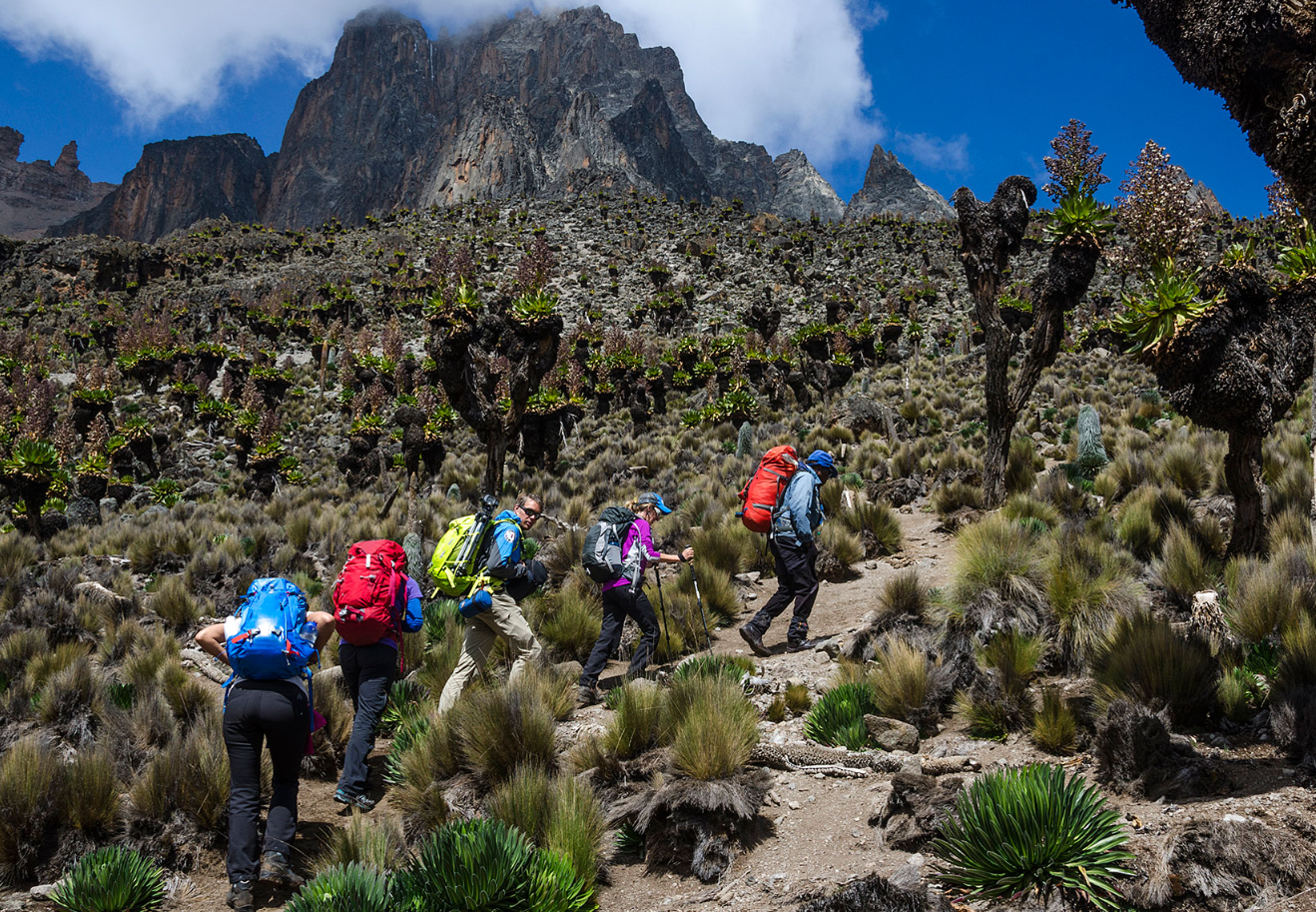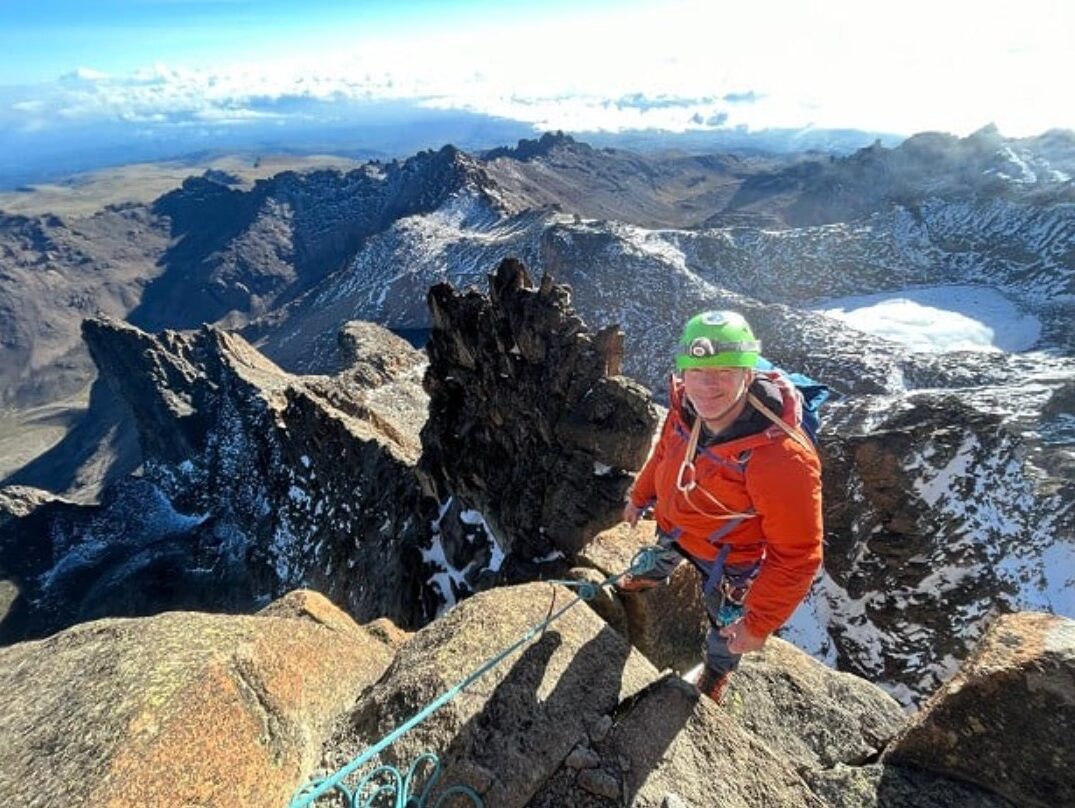How do I workout to successfully climb Mount Kenya?
How to Prepare and Workout for a Successful Hike to Mount Kenya
Climbing Mount Kenya is a challenging yet rewarding adventure that requires both physical and mental preparation. Whether you are planning to reach Point Lenana or take on the more technical routes leading to Batian and Nelion, a solid workout routine and proper preparation are key to ensuring a successful and enjoyable hike.
This blog will guide you through the best ways to physically and mentally prepare for your Mount Kenya ascent, helping you build the strength, endurance, and stamina needed to conquer one of Africa’s highest peaks. Kenya Horizon Safaris can organize all the logistics, leaving you free to focus on getting in shape and preparing for the adventure.
1. Build Your Cardiovascular Endurance
One of the most important aspects of preparing for a hike to Mount Kenya is improving your cardiovascular fitness. Hiking at high altitudes can take a toll on your body, and proper cardio workouts will help you build the endurance needed to trek for hours on end.
Best Cardio Workouts:
- Hiking and Walking: Begin by taking long walks and hikes at lower altitudes to get used to extended periods of physical activity. Gradually increase the difficulty of your hikes by introducing more steep terrain or carrying a backpack.
- Running: Incorporating running into your routine can significantly boost your stamina. Try running 3-5 times a week, gradually increasing the duration and intensity of your runs.
- Cycling: Cycling is another excellent way to build cardiovascular endurance. Try both outdoor cycling and stationary cycling to strengthen your legs and lungs.
Tip for Mount Kenya: Aim for a combination of hiking, running, and cycling to build the endurance needed for sustained physical activity at higher altitudes. Start training at least 8-12 weeks before your hike.
2. Strength Training for Hiking
Building strength is crucial for tackling the varied terrain on Mount Kenya. From rocky paths to steep inclines, having strong legs, core, and back muscles will help you maintain stability and carry your gear with ease.
Key Strength Exercises:
- Squats: Squats are essential for building leg strength. Incorporate bodyweight squats, goblet squats, and weighted squats into your workout to strengthen your quads, hamstrings, and glutes.
- Lunges: Lunges help strengthen the muscles used for hiking uphill. Perform forward, reverse, and side lunges with or without weights.
- Step-ups: Use a sturdy bench or step to simulate climbing. Perform step-ups with dumbbells to increase the intensity and build both your quads and glutes.
- Deadlifts: This exercise targets the back and hamstrings, ensuring you can handle the strain of carrying a backpack during your climb.
- Core Workouts: A strong core is crucial for maintaining balance and stability while hiking. Planks, Russian twists, and leg raises are great for building core strength.
Tip for Mount Kenya: Focus on compound movements that engage multiple muscle groups to simulate the full-body workout required for climbing. Aim for strength training sessions 2-3 times per week.
3. Increase Flexibility and Balance
Hiking on uneven terrain and climbing steep slopes require good balance and flexibility. Stretching and balance exercises will help prevent injury and improve your agility during the hike.
Best Flexibility and Balance Exercises:
- Yoga: Yoga is excellent for improving flexibility and balance. Incorporating yoga sessions into your routine will help stretch your muscles and joints, keeping you limber during your hike.
- Dynamic Stretching: Perform dynamic stretches before and after workouts, such as leg swings, arm circles, and hip rotations.
- Single-leg exercises: Strengthen your stabilizer muscles by performing single-leg exercises like single-leg deadlifts or single-leg squats.
Tip for Mount Kenya: Practice yoga or stretching 2-3 times a week to maintain flexibility. This will help prevent strains or injuries as you ascend Mount Kenya’s rugged terrain.
4. Acclimatize to Altitude
One of the major challenges of hiking Mount Kenya is the altitude. Reaching heights of over 4,900 meters can result in altitude sickness for those not properly acclimatized. Preparing your body for the reduced oxygen levels at high altitudes is crucial.
Tips for Altitude Preparation:
- Hike at High Altitudes: If possible, train at higher altitudes to get your body accustomed to lower oxygen levels. Even spending time at altitudes above 2,000 meters can be helpful.
- Slow Ascents: On the actual hike, follow a slow and steady pace to allow your body to acclimatize naturally. This reduces the risk of altitude sickness.
- Stay Hydrated: Drinking plenty of water during your training and your hike is essential for staying hydrated and aiding acclimatization.
Tip for Mount Kenya: Arrive a few days before your trek to begin acclimatizing to the altitude. Kenya Horizon Safaris can help arrange acclimatization hikes and ensure a gradual ascent on the mountain.
5. Mental Preparation for Mount Kenya
Hiking Mount Kenya is as much a mental challenge as it is a physical one. Preparing your mind for the adventure will help you push through the tough moments and fully enjoy the experience.
Mental Preparation Tips:
- Visualize Your Success: Visualizing yourself at the summit can be a powerful motivator during your training and the hike itself.
- Positive Self-talk: Practice positive affirmations and self-talk to keep your mind focused and determined.
- Take Breaks: Learn to listen to your body and take breaks when needed. Remember that the goal is to reach the summit, but enjoying the journey is just as important.
Tip for Mount Kenya: Practice mindfulness and meditation to develop a calm, focused mindset. This will help you stay resilient during the more difficult sections of the climb.
Organize Your Mount Kenya Hike with Kenya Horizon Safaris
Preparing for Mount Kenya takes time and dedication, but with the right fitness plan and mindset, you can make it to the summit. Kenya Horizon Safaris can help you organize every detail of your trip, from the best routes to expert guides and accommodations. With their help, you’ll be fully prepared to tackle one of Africa’s most beautiful mountains.
Conclusion
Preparing for Mount Kenya requires a combination of cardio endurance, strength training, flexibility exercises, and mental focus. By following this workout routine and preparation guide, you’ll be well-equipped to conquer the heights of Mount Kenya. And with the support of Kenya Horizon Safaris, all the logistics of your hike will be taken care of, leaving you free to enjoy the adventure of a lifetime.











